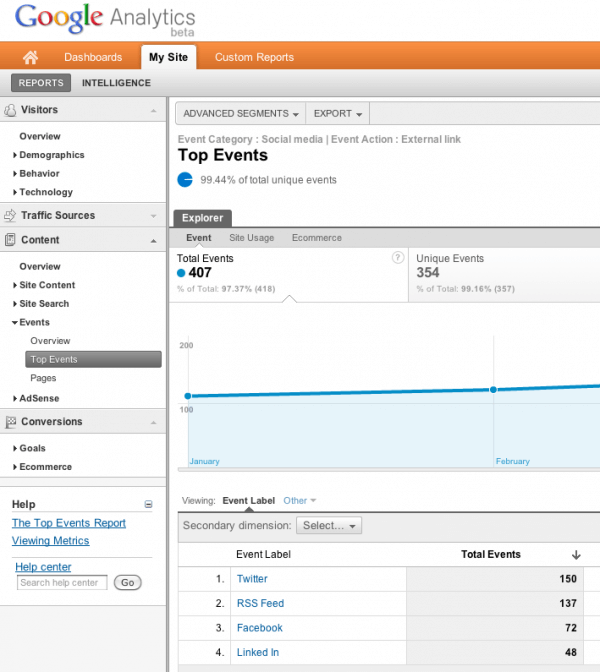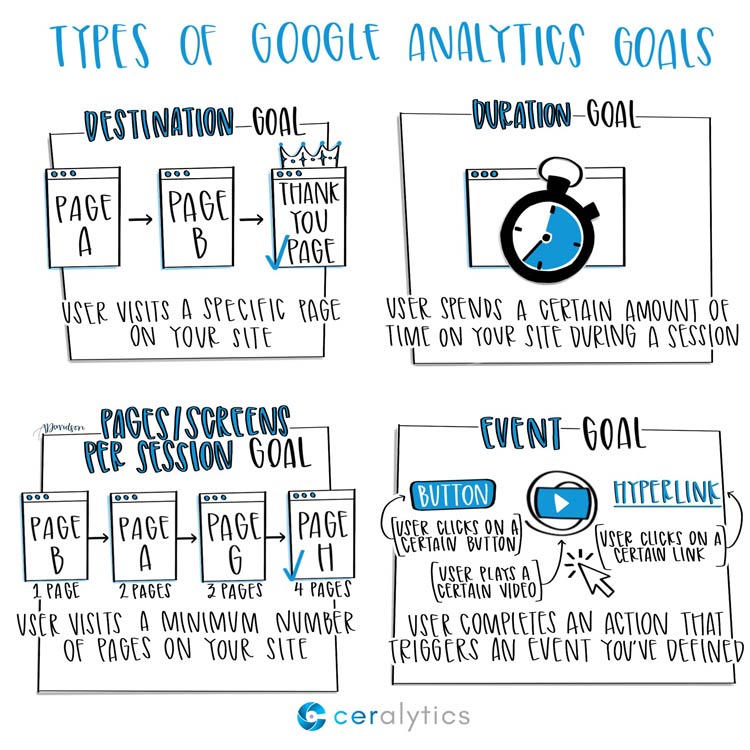What Data Is Google Analytics Goals Unable to Track: A Full Guide
What Data Is Google Analytics Goals Unable to Track: A Full Guide
Blog Article
Discover the Limitations of Google Analytics Goals: Revealing the Information Kind That Remain Untrackable
As services significantly depend on data-driven decision-making, recognizing the restrictions of tools like Google Analytics comes to be paramount. While Google Analytics Goals offer useful insights into individual interactions, there exist information types that thwart tracking, posing challenges to a detailed understanding of user actions. These untrackable information types increase questions regarding the accuracy and completeness of the analytics information that organizations heavily trust for their digital approaches. Curious to reveal the hidden dead spots in your information analysis procedure?
Insufficient User Journey Tracking
Insufficient user trip monitoring within Google Analytics can hinder the capability to properly examine customer behavior. When the user journey is not completely tracked, there are gaps in the information that avoid a comprehensive understanding of how users interact with a website. This absence of insight can bring about missed opportunities for optimization and renovations to the customer experience.
One typical problem with incomplete individual trip monitoring is the inability to see the complete course that individuals take before completing an objective or leaving the website. Without this info, it is testing to identify where users might be running into challenges or rubbing factors that stop them from converting. In addition, incomplete tracking can cover the influence of specific marketing efforts or web site adjustments on customer behavior.
To address this constraint, it is vital to establish proper monitoring devices within Google Analytics to capture the whole individual journey. This might involve establishing event tracking, objective funnels, or utilizing tools like Google Tag Manager to guarantee that no vital communications go unrecorded. By gaining a comprehensive sight of the user journey, site proprietors can make more informed choices to enhance customer engagement and drive conversions.
Attribution Challenges
Navigating with attribution difficulties in Google Analytics needs a thorough understanding of just how different touchpoints contribute to the total conversion procedure. Acknowledgment challenges occur from the complexity of modern-day customer trips, where users interact with multiple channels prior to converting.
One common attribution obstacle is the difficulty in connecting conversions to the proper source, particularly in situations where users connect with numerous networks before transforming. Additionally, cross-device tracking presents one more attribution difficulty, as users typically switch over in between gadgets during their trip, making it challenging to track their interactions flawlessly.
Offline Conversions
Offered the obstacles related to associating conversions precisely in online channels, the measurement of offline conversions offers a substantial opportunity for marketing professionals seeking a much more comprehensive understanding of their clients' trip. Offline conversions refer to actions that consumers absorb the physical world, such as making acquisitions in brick-and-mortar shops or over the phone, attending occasions, or engaging with published materials - what data is google analytics goals unable to track. These conversions are vital for organizations that operate both online and offline, as they provide valuable understandings right into the performance of advertising campaigns across different touchpoints
Tracking offline conversions generally posed a significant difficulty for marketing professionals, as it was challenging to link these activities back to particular on-line communications precisely. With innovations in modern technology, such as the combination of CRM systems, special identifiers, and promo code codes, companies can now connect the gap in between online and offline information to get an extra all natural sight of customer behavior. By successfully determining offline conversions, marketing experts can enhance their strategies, allocate resources extra effectively, and inevitably improve the total client experience.
Cross-Device Monitoring
Cross-device monitoring plays an essential role in recognizing the interconnected nature of consumers' electronic communications throughout multiple tools. In today's omnichannel world, where users seamlessly change between tablet computers, desktops, and mobile phones, tracking their habits across these gadgets is vital for marketing experts to browse around this web-site get a comprehensive view of their customer trip.

In addition, privacy worries and policies such as GDPR and CCPA have further challenging cross-device tracking. With individuals requiring more control over their information and increased constraints on monitoring modern technologies, marketers must locate privacy-compliant and innovative methods to link customer interactions across tools.
Dynamic Material Involvement
Recognizing individual involvement with dynamic material is critical in enhancing digital marketing techniques for boosted target market interaction. Dynamic material describes web site elements that change based on user habits, preferences, or other aspects, using a tailored experience. Tracking individual communications with dynamic material postures obstacles for standard analytics devices like Google Analytics.
While Google Analytics can track basic communications like clicks and web page sights, it may struggle to catch more nuanced interactions within vibrant web content. what data is google analytics goals unable to track. Metrics such as time spent on certain vibrant elements, float actions, or interactions within pop-ups are frequently not conveniently quantifiable using standard tracking techniques. This constraint impedes marketing professionals' capability to completely comprehend just how individuals are engaging with vibrant material and tailor their strategies as necessary

Final Thought
In final thought, Google Analytics goals have restrictions in tracking insufficient customer journeys, associating conversions accurately, capturing offline conversions, tracking cross-device interactions, and measuring vibrant web content involvement. These restraints highlight the relevance of exploring additional monitoring methods and devices to get an extra thorough understanding of individual actions and conversions past what Google Analytics can provide.
While Google Analytics Goals deal valuable understandings right into user interactions, there exist information kinds that thwart tracking, presenting challenges to a detailed understanding of customer actions.Incomplete customer trip tracking within Google Analytics can prevent the capacity to precisely analyze individual behavior. When the individual journey is not totally tracked, there are voids in the data that avoid a thorough understanding of how individuals engage with a site.One typical issue with incomplete like this individual journey tracking is the inability to see the full path that users take before finishing an objective or leaving the site. By acquiring an extensive view of the individual trip, website owners can make even more educated decisions to improve user involvement and drive conversions.
Report this page